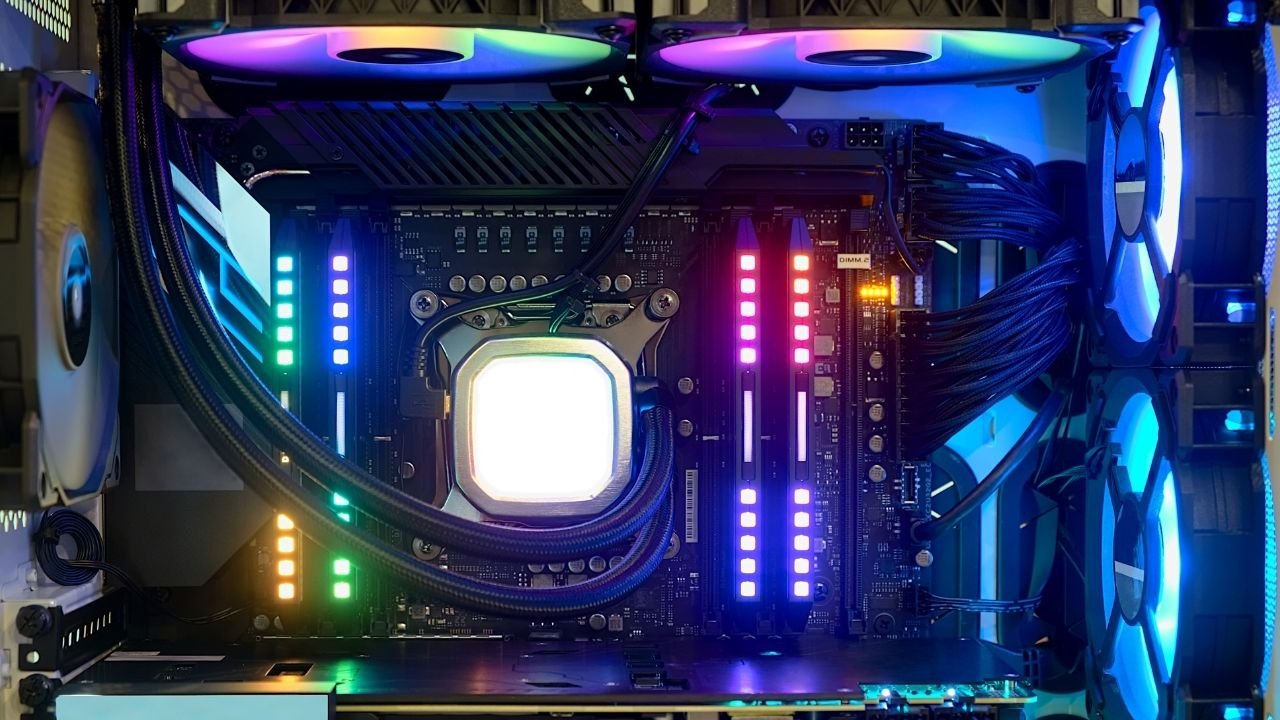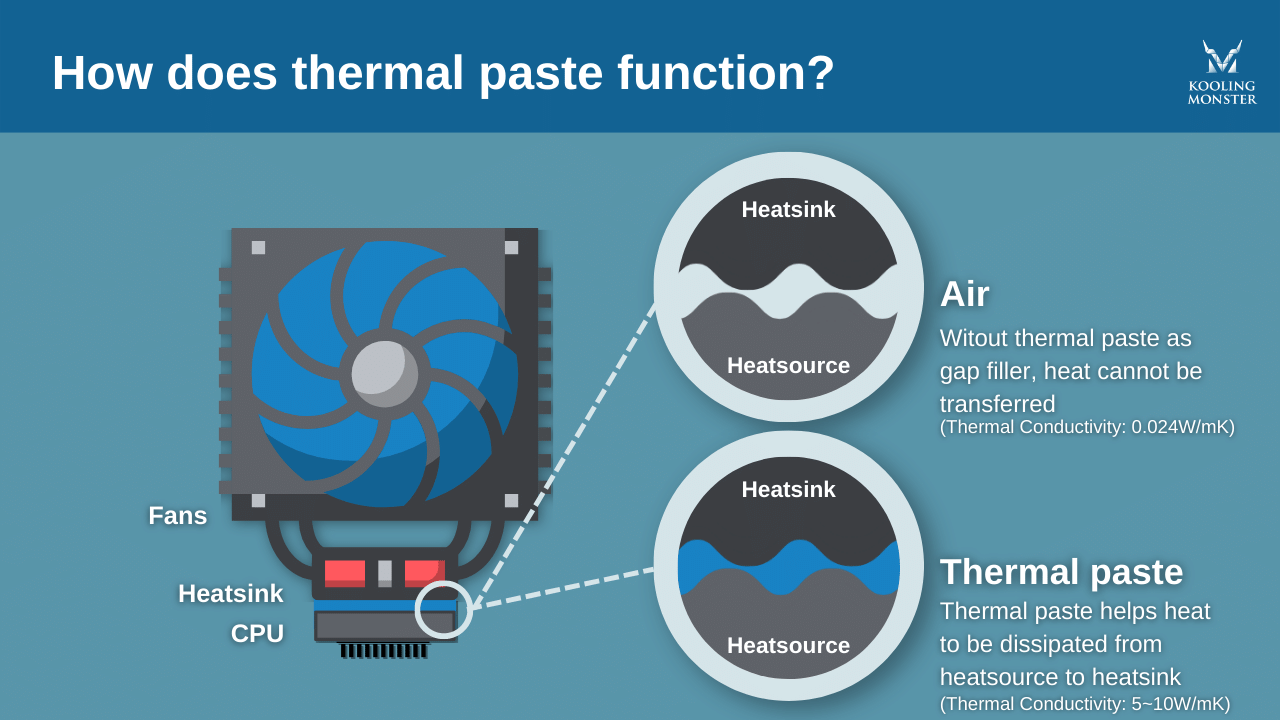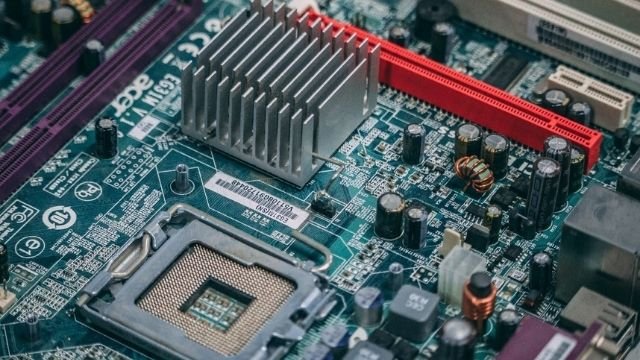How to Speed Up Computer with Thermal Paste?
When searching for ways to enhance your computer's speed, you'll come across numerous articles suggesting component upgrades (graphics card, processor, motherboard, RAM, etc.), PC optimization software, or internal dust cleaning. While these solutions are valuable, there's one often-overlooked element - thermal paste. As an essential yet underrated aspect of computer maintenance, thermal paste can provide a simple and effective solution to a performance issue you might not even be aware of.
Discover the benefits of thermal paste below.
Understanding the Causes of a Slow Computer and the Role of Thermal Paste
Computers are not designed to maintain their speed forever, but a sudden decrease in performance is worth investigating. Several factors could be responsible for your PC's sluggishness:
Numerous apps running simultaneously (background apps like Dropbox or resource-intensive apps like Adobe Suite)
Virus infection
Accumulated dust inside the computer
Overdue thermal paste replacement
Overheating can lead to various issues besides slowing down your computer, such as frequent blue screens, unexpected shutdowns, and graphical interface glitches. These problems arise when heat from the processor isn't adequately dissipated through air or water cooling, causing other components to malfunction.
To address these issues, consider cleaning your PC, upgrading your cooling system, and, most importantly, applying or reapplying thermal paste.
Why is thermal paste crucial? Its primary function is to facilitate heat transfer from the CPU to the cooling system, which then expels it. Regardless of the efficiency of your cooling system, the critical factor is ensuring the heat reaches it. Thermal paste plays a significant role in this process by aiding the transfer of heat from the CPU to the heatsink.
The Dangers of CPU Overheating and Its Impact on Your PC
CPU overheating is a serious issue as it can cause damage to not only the CPU itself but also to surrounding components. The motherboard, in particular, is at significant risk due to its lower heat resilience compared to the CPU.
Under normal circumstances, heat generated by the CPU is dissipated through the heatsink or water block before being expelled by fans or a water-cooling system. However, when the heat doesn't have a direct escape route (via thermal paste and the cooling system), it may travel back into the motherboard.
Excessive heat transferred to the motherboard can cause damage to its components, impairing their functionality and potentially rendering the motherboard useless. To prevent this, the CPU and motherboard typically underclock (reduce performance) or even shut down when the temperature reaches dangerous levels, generally above 90°C.
Restarting the computer without addressing the cooling problem can result in permanent damage to your PC. Therefore, it's crucial to ensure proper cooling mechanisms, including the use of thermal paste, are in place to protect your computer from the risks associated with CPU overheating.
What is Thermal Paste and How Does it Prevent CPU Overheating?
In essence, thermal paste serves as a thermal conductivity enhancer within a computer system. Its primary role is to facilitate heat transfer from its source to a location where it can be safely dissipated, such as your cooling system. It accomplishes this by filling the space between the CPU and the heatsink.
Although the CPU's surface might appear smooth, a closer examination under a microscope would reveal numerous microscopic imperfections and "gaps." When the CPU interfaces with another surface, like the heatsink, without the assistance of thermal paste, the entire surface area of the CPU might not fully engage with the heatsink. Consequently, not all the heat will be effectively transferred and dispersed.
You might think that pressing the heatsink firmly onto the CPU would suffice, but that's not the case. It's crucial to note that the space between the two surfaces is not a vacuum—it contains air. Air is a poor conductor of thermal energy and will impede heat transfer into the heatsink (thermal conductivity: air (0.024W/mK) vs. thermal paste (5-10W/mK)).
Ultimately, the most critical aspect of the process is ensuring that the heat reaches the heatsink, allowing your cooling system to handle the rest. So, let's examine the actual amount of heat that is transferred out.
How Thermal Paste Prevents Processor Overheating and Boosts PC Performance
As mentioned earlier, persistent CPU overheating can generate excessive heat within the motherboard, leading to component malfunction or complete failure. Thermal paste addresses this issue by filling the "gaps" between the CPU and the heatsink, enabling more efficient heat transfer and dissipation before it reaches the motherboard.
But how effective is it? How much heat is actually transferred out, and is it worth it?
We conducted an experiment using our Kooling Monster KOLD-01 Thermal Paste to determine its impact. We assembled a PC without thermal paste and an identical setup with thermal paste, running both under full load (maximum processing power) using AIDA64.
Test Build:
CPU: Intel Core i3-10105F
Motherboard: Asus H510M-E
Cooler: Air Cooling (Golden Field)
Memory: ADATA DDR4 (8G)
We used HWiNFO, a free software to read, measure, and record CPU temperatures, to monitor our results.
The findings revealed that the build without thermal paste rapidly reached an average temperature of 95°C/200°F. Maintaining this temperature could cause the motherboard to shut down the computer due to overheating. Continuously restarting the computer without thermal paste and running it under full load may result in permanent motherboard damage.
Comparatively, the build using KOLD-01 Thermal Paste also experienced a temperature increase, but stabilized at around 77°C/165°F. This represents a ~20% reduction in average temperatures, allowing the PC to run safely for an extended period.
Computer performance declines due to software, hardware, and material factors. "Software" refers to installing memory-consuming applications, "hardware" means not upgrading the computer and allowing it to become obsolete, and "material" involves inadequate cleaning and infrequent application or reapplication of thermal paste.
As demonstrated, a computer with efficient thermal paste typically runs cooler than one without. For users who engage in gaming, editing, streaming, or heavy browsing with multiple tabs open, a well-functioning CPU is essential.
Summary
Thermal paste is vital for optimal CPU performance and preventing overheating. It efficiently transfers heat from the CPU to the heatsink, reducing the risk of damage. Our Kooling Monster KOLD-01 experiment demonstrated its effectiveness in decreasing temperatures. Properly applying and reapplying thermal paste keeps your computer running smoothly and safely for resource-intensive tasks.
FAQ
Can thermal paste slow down CPU?
No, thermal paste cannot slow down a CPU. Its primary purpose is to enhance heat transfer between the CPU and heatsink, which can actually improve performance by preventing thermal throttling.
Does thermal paste make PC faster?
Thermal paste indirectly contribute to better performance by maintaining lower CPU temperatures, preventing overheating and thermal throttling that could slow down your system.
Does changing thermal paste make a laptop faster?
Replacing old or ineffective thermal paste can help a laptop run cooler and more efficiently, which may lead to improved performance. However, it doesn't directly make the laptop faster; it only prevents potential slowdowns caused by overheating.
How much does thermal paste improve performance?
The improvement in performance depends on the specific situation. High-quality thermal paste can significantly reduce CPU temperatures, preventing thermal throttling and maintaining optimal performance. The actual impact varies based on factors such as the quality of the paste, the CPU, and the cooling system.






